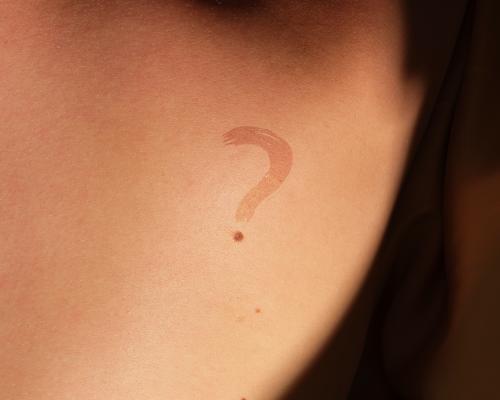
Last year, a close friend of mine found that a mole on her lower leg had become darker than the others. A dermatologist said it looked fine. Over time, the same mole began to itch on a daily basis. Then it bled a little, as though nicked by shaving. She sent photos to her GP and was called in for a biopsy and, soon after, surgery on what turned out to be a malignant melanoma.
Her mole awareness and perseverance means she is going to be fine. I say all this because – assuming the weather hasn’t changed dramatically by the time you read this – you probably have more skin exposed than usual. I strongly urge you to pay attention to it.
My friend’s recent and ongoing episode may be closer to home, but it is similar to several emails I have received from readers over the years, telling me of their cancer treatment triggered by columns I have written on mole checking. And so I make no apologies for repeating myself: you must look carefully at the moles, marks and spots on your face and body, whether behind your ears or between your toes. And you should log them so you can spot any changes.
Take photographs on your phone (pop a ruler or tape measure next to them for scale), then store them in a dedicated album, to which you can refer back every few months. This will allow you better to track any changes in size, colour, shape or appearance.
You may notice a mole or patch that has become jagged in outline. Or perhaps one that was brown but is now pink or red in parts. Or a brown spot that has become raised or domed. Any change at all is worthy of a doctor’s attention. Even if your doctor disagrees with your rational belief that something is up, stick at it.
High street skin clinics are a good and relatively affordable (£50-£60) place to get a dedicated full-body mole check. State-of-the-art London clinics like OneWelbeck offer digital mole mapping, where every mark on your body is tracked for the smallest change. A private dermatologist is another option, where affordable.
But all doctors and nurses working with skin will say the same: you, the patient, are the expert in knowing what looks normal for you. Your observation is vital to your health, as reader messages have proved starkly, and movingly, over the years.
As for my input, you know what else I’m going to say: wear sunscreen with an SPF30 minimum on your face and body. Wear lots of it and reapply it frequently.







